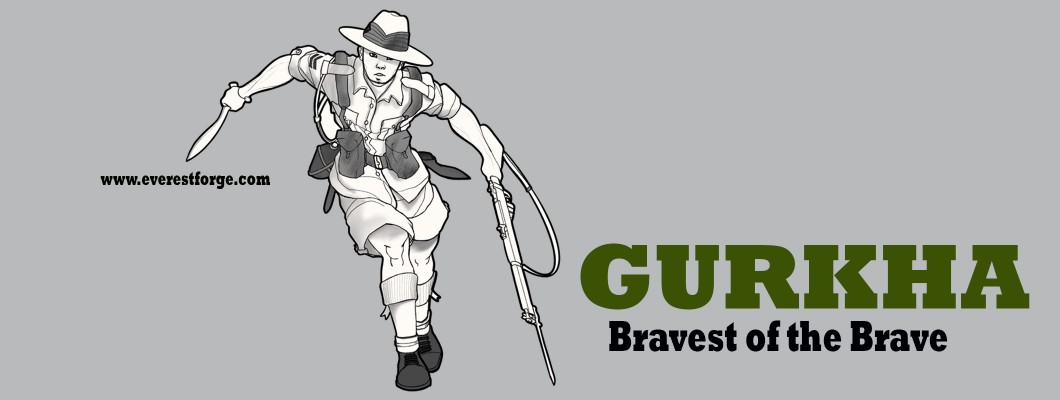
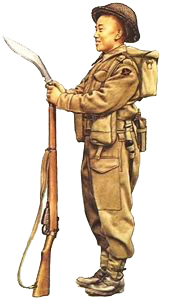 Who Are the Gurkhas? Here's What You Need to Know About the 'Bravest of the Brave'
Who Are the Gurkhas? Here's What You Need to Know About the 'Bravest of the Brave'
For more than two centuries, the Gurkhas have been revered around the world as fearless warriors, loyal soldiers, and proud sons of the Himalayas. Hailing primarily from Nepal, these men have served in the British Army, Indian Army, and UN peacekeeping missions with unmatched bravery and honor.
But to understand the Gurkhas is to understand more than just military valor—it's to delve into a culture built on courage, discipline, and a powerful symbol that every Gurkha carries: the Khukuri.
The Legacy of the Gurkhas
The story of the Gurkhas began during the Anglo-Nepalese War (1814–1816), when British forces encountered fierce resistance from Nepalese fighters. Impressed by their combat skills and unbreakable spirit, the British East India Company began recruiting these warriors into their ranks in 1815—a tradition that continues to this day.
The term “Gurkha” is derived from the hill town of Gorkha, the birthplace of modern Nepal and of King Prithvi Narayan Shah, who unified the country. Gurkhas are predominantly drawn from ethnic groups such as the Gurung, Magar, Rai, Limbu, and others—hardy mountain people who grow up in the rugged hills of Nepal, naturally building strength, endurance, and discipline.
The motto of the Gurkhas says it all:
“Better to die than to be a coward.”
The Khukuri: More Than Just a Blade
No image of a Gurkha is complete without the iconic Khukuri—a curved, inward-slashing blade that is both a weapon and a deeply rooted cultural symbol.
The Origin of the Khukuri
The Khukuri (or Kukri) has been part of Nepalese history for centuries, even before the rise of the Gorkha Kingdom. It is believed to have evolved from ancient Greek or Persian blades, but over time it became uniquely Nepali in design and function.
Traditionally forged by Nepali blacksmiths (Kamis) using carbon steel and local materials, the Khukuri was not only a military weapon but also a multipurpose tool used for everything from chopping wood to performing daily household tasks.
The Gurkha’s Weapon of Honor
For the Gurkhas, the Khukuri is a sacred object. It is said that once drawn, the blade should not be sheathed without drawing blood—a mark of its seriousness in combat.
Famous for their close-combat prowess, Gurkhas used Khukuris to devastating effect in the trenches of World War I and the jungles of World War II. The curved shape of the blade allows for powerful chopping and slashing, even in tight spaces.
British officers and historians recount tales of Gurkha soldiers charging enemy lines with nothing but Khukuris in hand—silent, swift, and unstoppable. To this day, stories circulate about entire enemy units surrendering at the sight of advancing Gurkhas with drawn Khukuris.
A Symbol of Identity and Honor
Even today, every enlisted Gurkha receives a Khukuri as part of his kit. It is not only a weapon of defense but a reminder of his ancestry, duty, and the legacy of those who came before him. For veterans, the Khukuri remains a prized possession and is often displayed in homes with reverence.
The design and style of Khukuris can vary—from the Sirupate, known for its slim blade and agility, to the Bhojpure, famous for its heft and chopping power. Many families also pass down Khukuris as heirlooms, each carrying its own story of battles fought or lands cultivated.
The Khukuri Today: Preserving a Legacy
At Everest Forge, we take pride in continuing this powerful tradition. Our blades are hand-forged in Nepal by skilled artisans who’ve inherited their craft through generations. Each Khukuri we make is not just a tool—it is a piece of history, a tribute to the strength and spirit of the Gurkhas.
Whether you're a collector, outdoorsman, or someone drawn to the heritage of Nepal, a handcrafted Khukuri represents more than utility—it tells the story of the bravest of the brave.
Explore our collection of authentic Khukuris and hand-forged blades at EverestForge.com. Own a legacy. Carry the spirit of the Gurkhas.

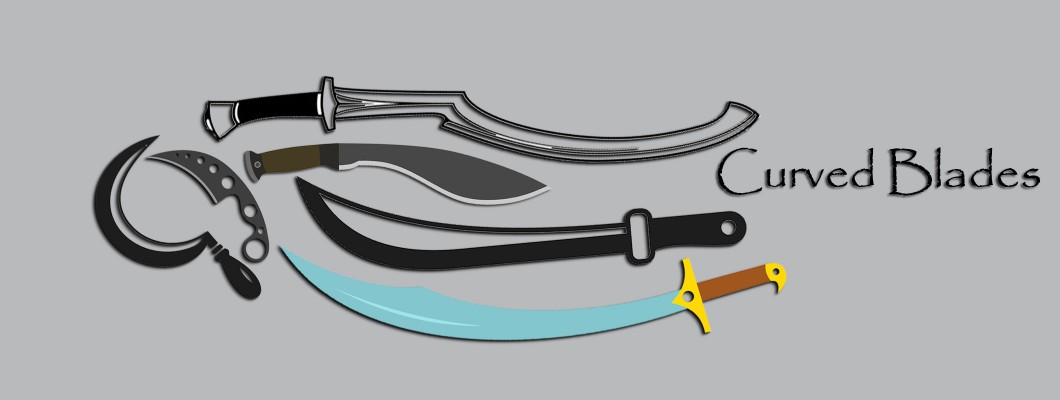
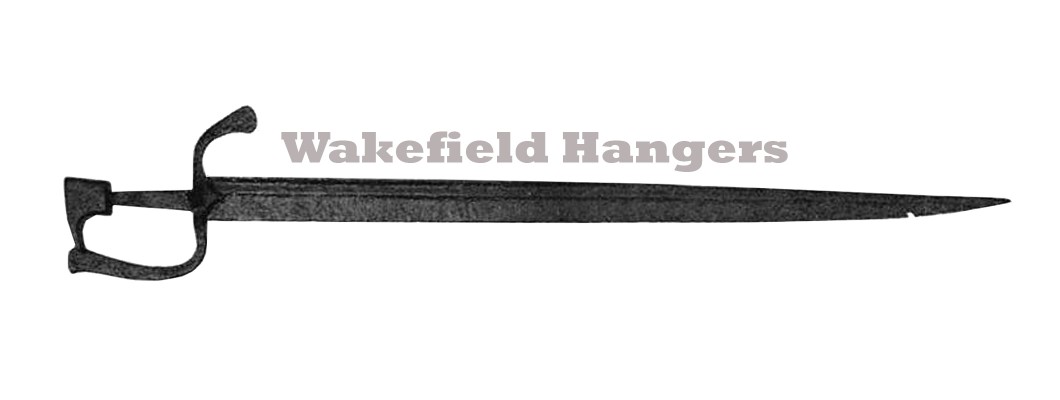
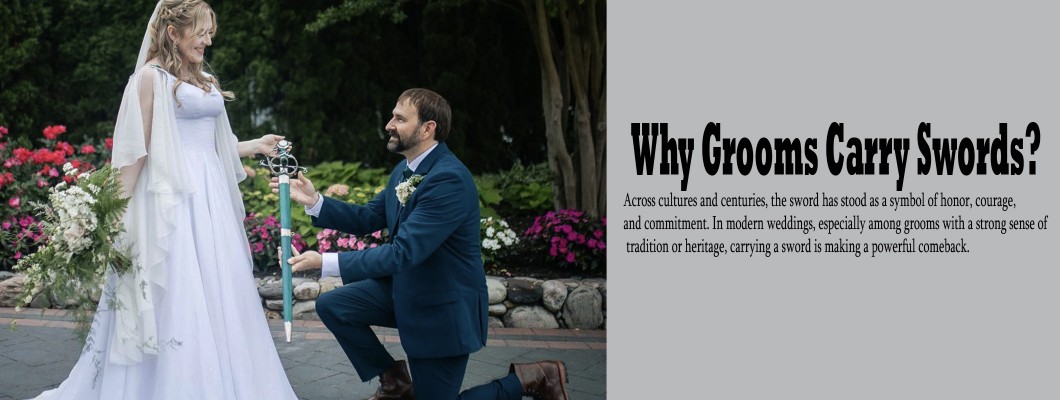
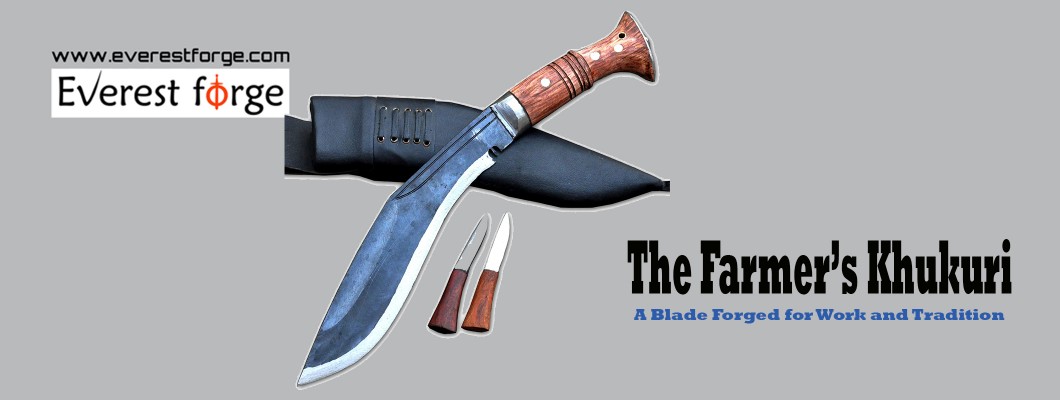
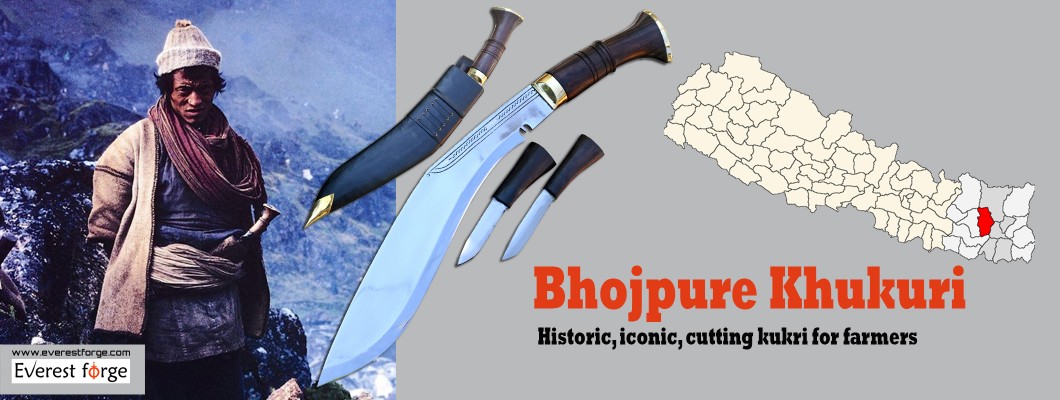
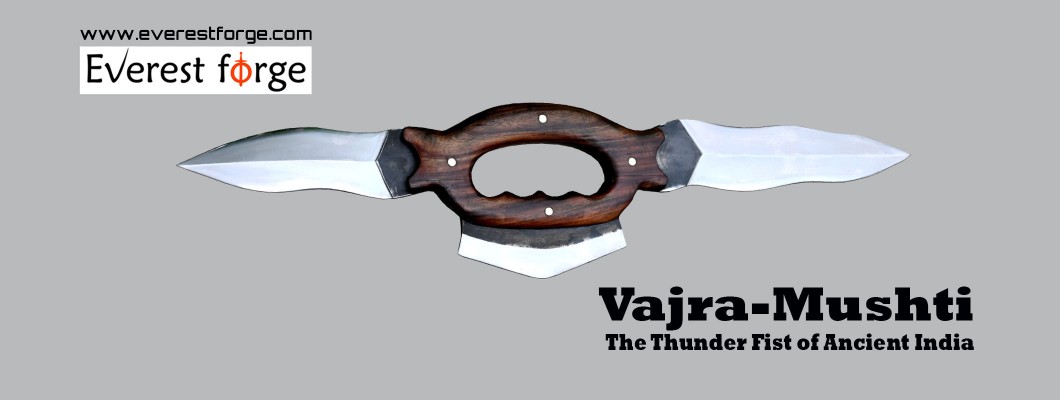
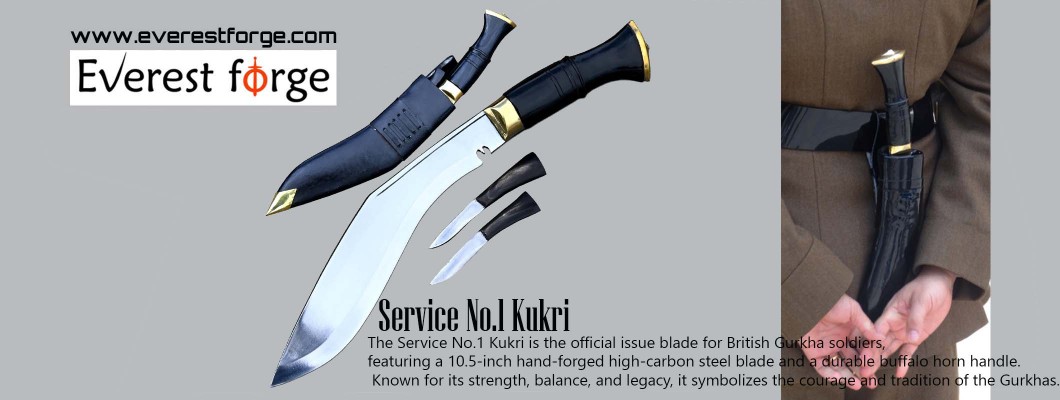
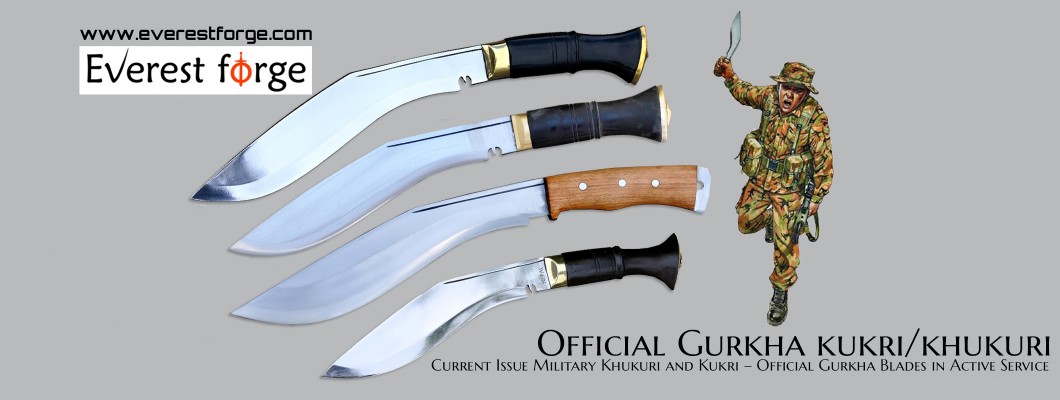
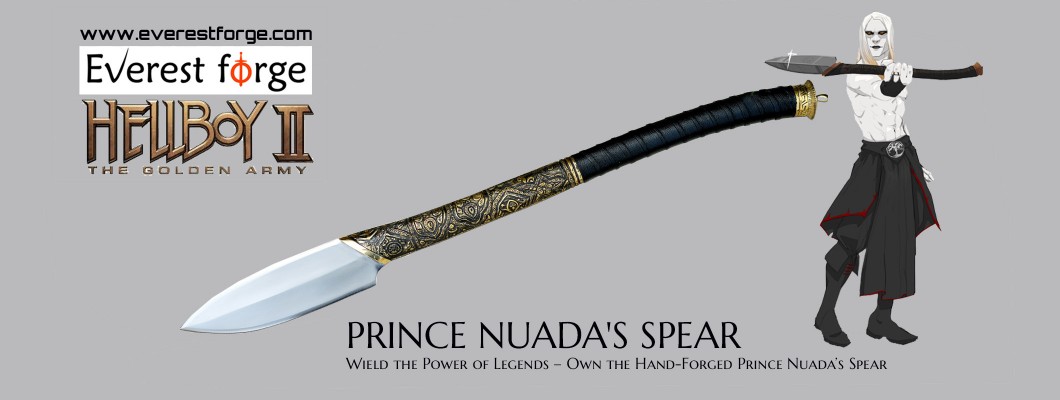

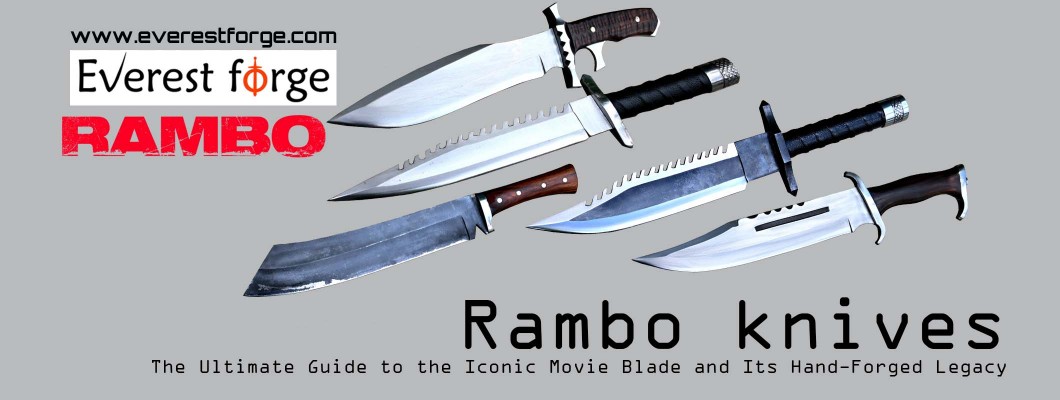





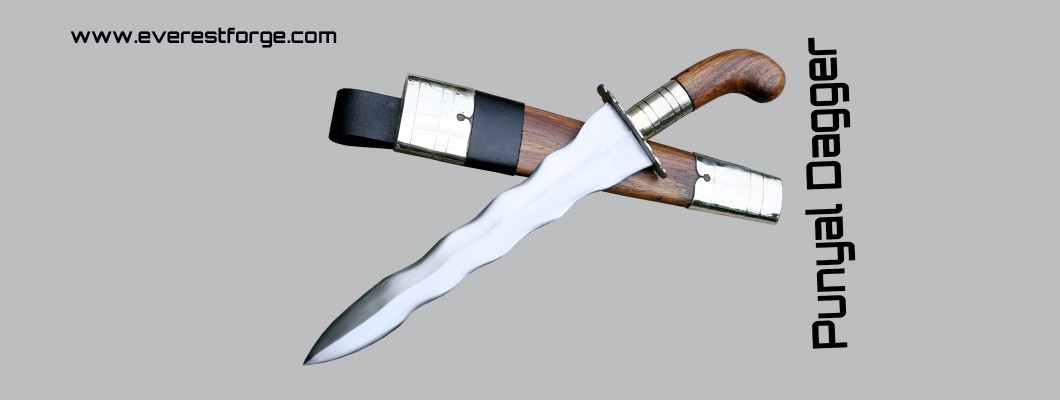
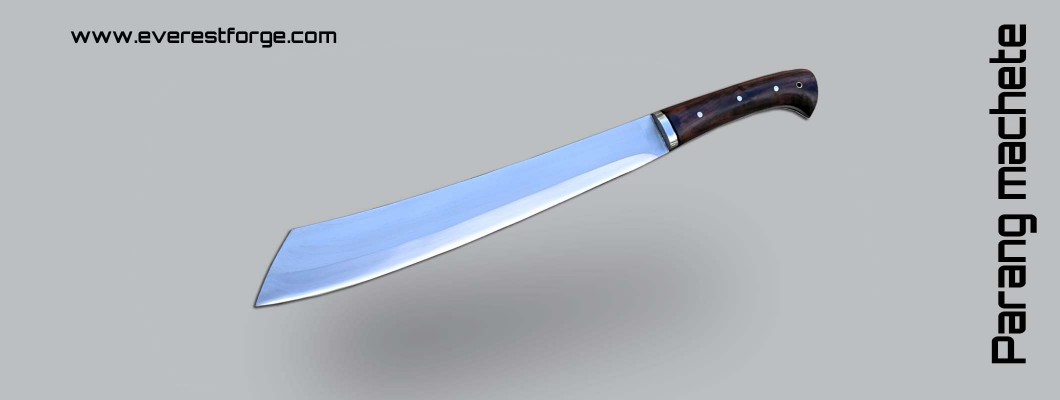
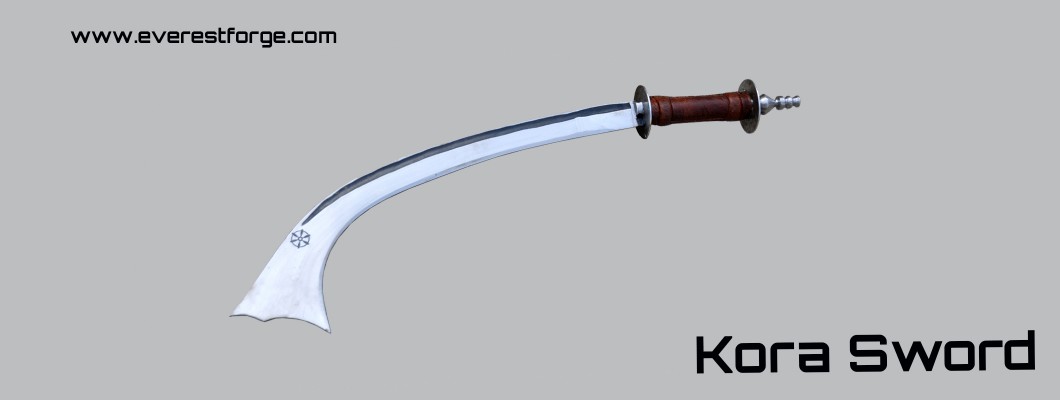
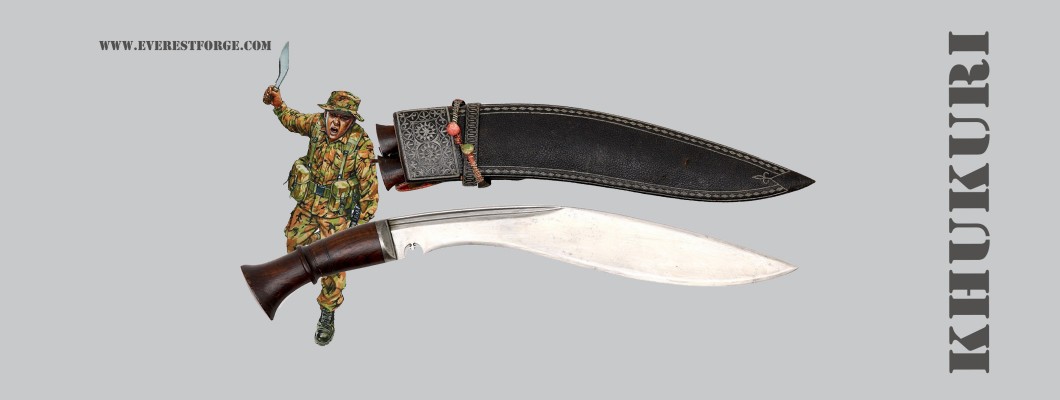
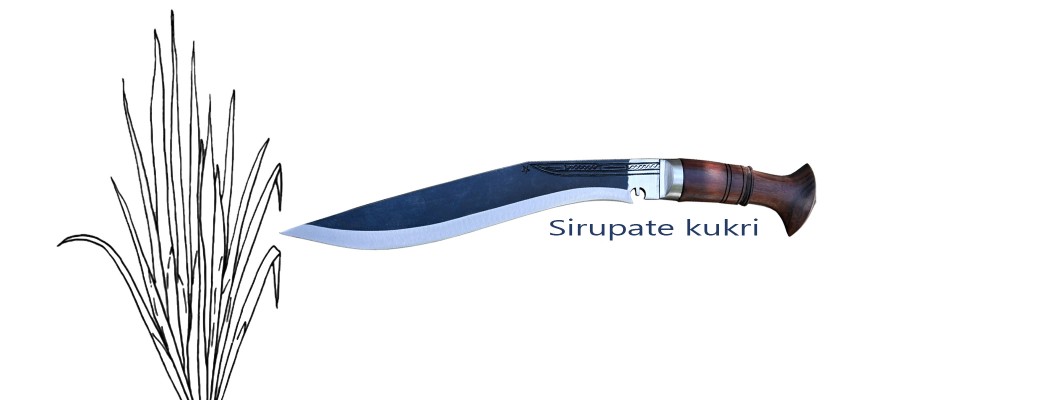
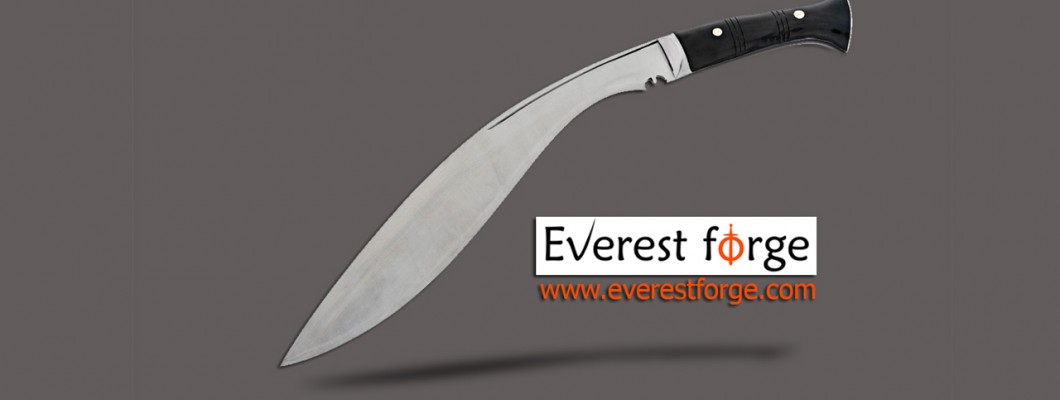
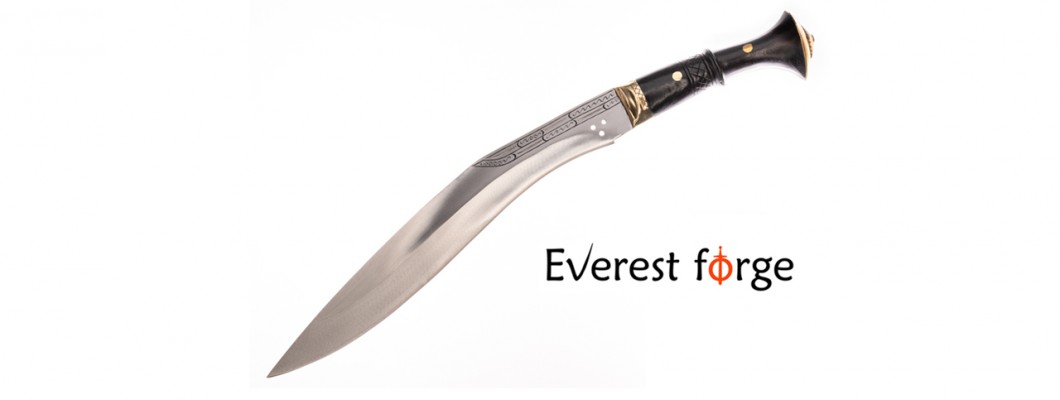
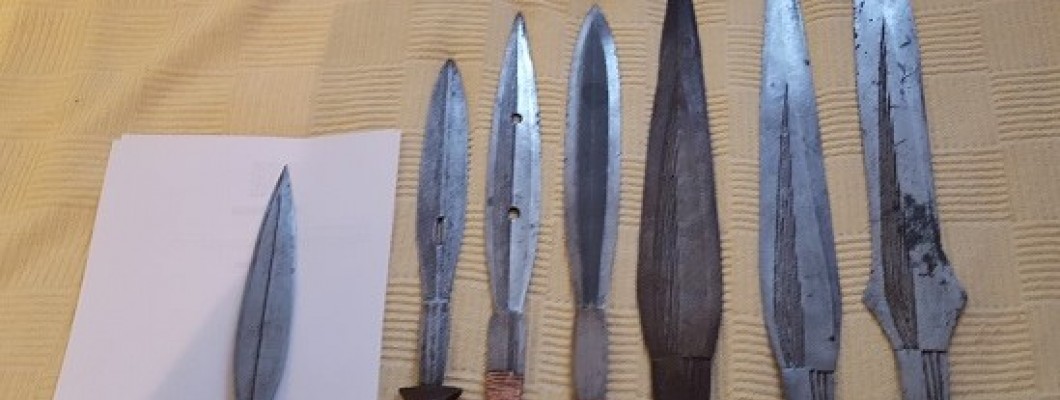

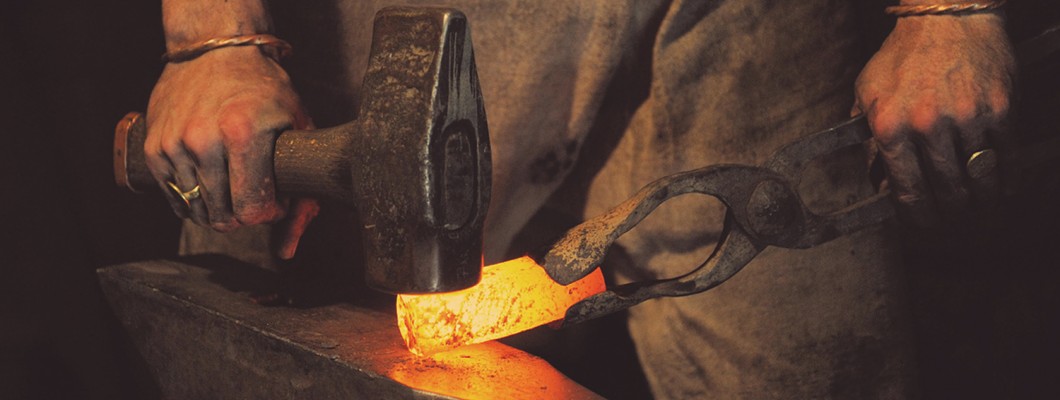
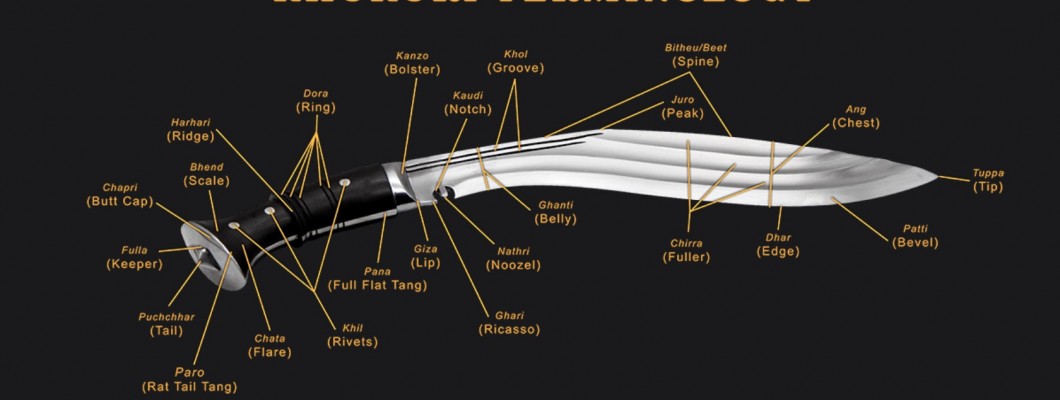
Leave a Comment